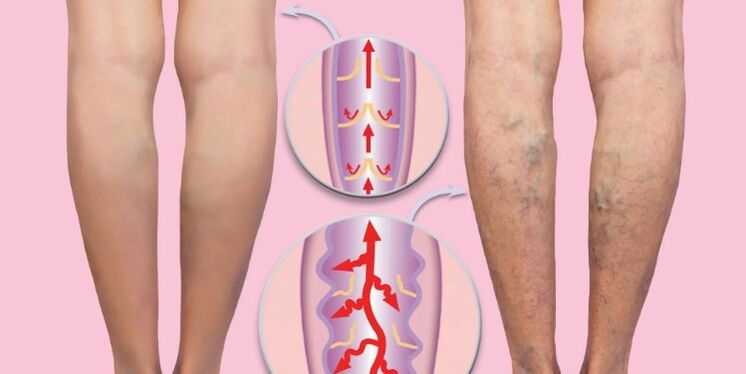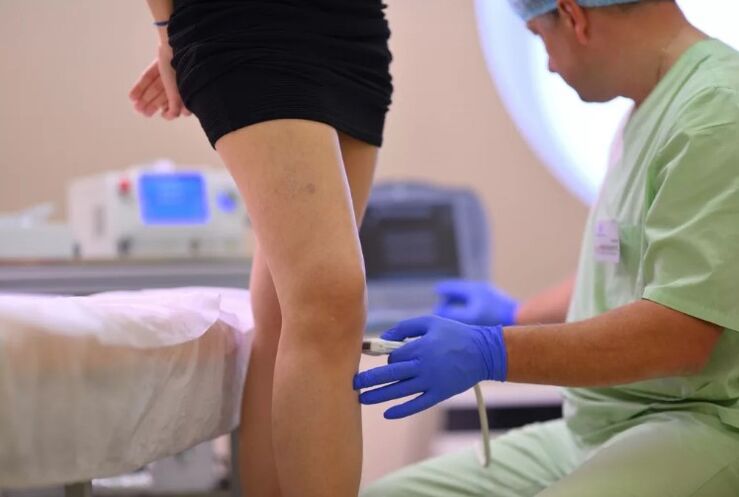At the mention of varicose veins, many people think that this disease can only appear in older people. However, this opinion is wrong. Diseases of the veins of the lower extremities can occur in both young and middle-aged people. Representatives of the beautiful half of humanity are at risk, and it's not just about high heels. Varicose veins most commonly affect tall women and those who spend a lot of time standing or sitting.
Why do varicose veins appear?
In general, this disease appeared in people because of walking upright. It could not exist if humans moved like animals. Because the heart is in the upper body, blood must return there from the lower extremities. To do this, special valves are provided in the veins, which prevent blood from remaining in the legs.

With violations, stagnation of blood occurs in the legs, edema occurs, the tone of the veins decreases, and all this ends with varicose veins. In order for the circulatory system to function properly, we need to be constantly moving and not staying in a static position for long. Only then will the "blood lift" mechanism work like clockwork.
risk factors
The risk of developing varicose veins is very high in overweight people who suffer from physical inactivity, as well as in people whose profession involves the need to stay in one position for a long time (accountants, teachers, stewardesses, shop assistants, cooks, etc. ). Varicose veins can also develop in pregnant women. Varicose veins in the lower extremities are often referred to as a lifestyle disease.
How do you recognize varicose veins?
The development of the disease occurs gradually, so you can start fighting it at the first stages. The most important thing is to recognize it in time and take measures to treat it.
Women often attribute the first symptoms of varicose veins to general fatigue or being on their feet all day. Of course, heavy loads in the evening can lead to feelings of heaviness in the legs and the strength is almost gone. However, if this condition occurs often, it is better to consult a doctor and conduct all the necessary examinations.

Therefore, if you often notice the listed symptoms in the legs, they can indicate the development of the disease:
- Pains;
- heaviness;
- blasting;
- Cramps;
- Swelling;
- Fatigue.
If you notice a change in skin color on your legs, swelling of your veins, or spider veins, don't put off seeing your doctor for long. To seek medical advice, you can contact a therapist, phlebologist or vascular surgeon.
Why is early treatment important?
If a varicose vein disease is detected at an early stage and treatment is started in good time, surgery can be avoided and the disease can be completely cured with medical methods.
Qualified specialists approach each patient individually and, based on the results of the examination, create a treatment regimen.
To treat the disease, venotonics are used in the form of ointments and gels, as well as tablet forms of drugs for oral administration, which are prescribed as a course.
In addition to medications, doctors usually recommend diet and lifestyle changes. To cope with varicose veins, you need to play sports, move more and constantly change the position of your legs during the day. The diet should contain more fiber and the amount of salt should be minimized.

























